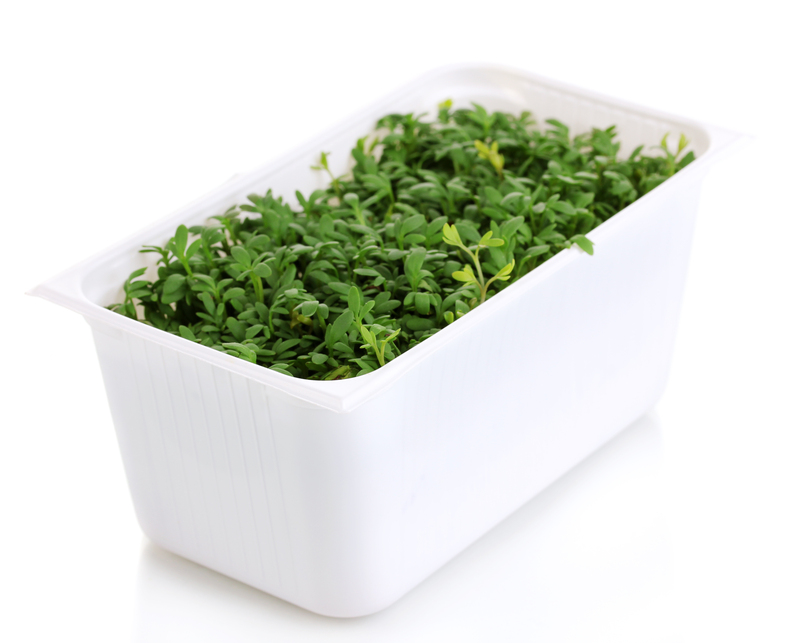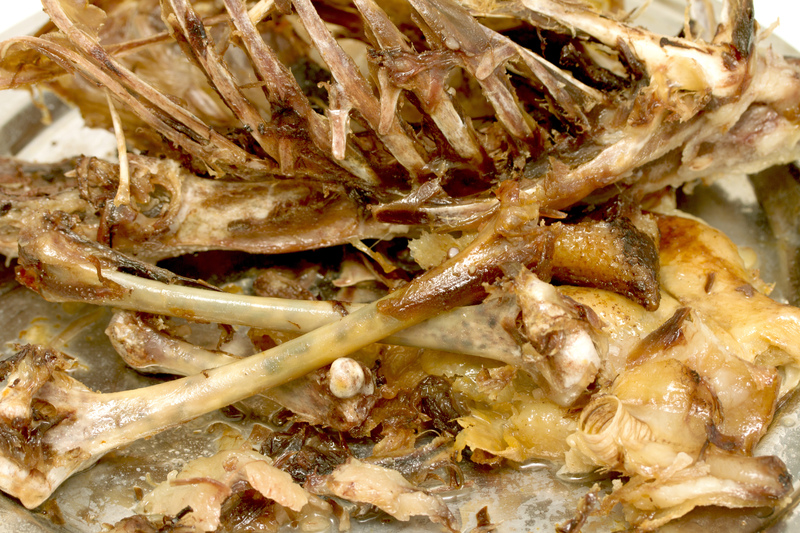Supporting Sustainability: Recycling Old Pots and Pans
In today's environmentally conscious world, everyday decisions--from what we eat to how we dispose of household items--play a significant role in shaping a sustainable future. One area that often goes unnoticed is the fate of our old kitchen cookware. Recycling old pots and pans is not just a practical solution for decluttering your kitchen; it's a vital step toward promoting sustainability and protecting our planet.
Why Should We Recycle Cookware?
Pots and pans are essential kitchen tools. Over time, they get worn out, scratched, or simply replaced by new ones. Unfortunately, many of these items end up in landfills, where they can take hundreds of years to decompose. By recycling old cookware, we can divert waste from landfills, conserve valuable resources, and reduce our carbon footprint. Here's why it matters:
- Conserves Raw Materials: Most cookware is made of metals such as stainless steel, aluminum, and copper. These resources are finite, and recycling helps preserve them for future use.
- Reduces Energy Use: Recycling metals requires far less energy compared to mining and processing new materials.
- Prevents Environmental Contamination: Pots and pans may contain coatings or chemicals that can leach harmful substances into the soil or water if not disposed of properly.
- Supports the Circular Economy: Recycling helps create a closed-loop system, where materials are reused continuously, minimizing waste.

Understanding the Materials in Pots and Pans
Most pots and pans are made from a variety of materials. From non-stick to stainless steel, each type has unique properties:
- Stainless Steel: Highly durable and widely recyclable, stainless steel cookware is a popular choice in modern kitchens.
- Aluminum: Lightweight and efficient for heat conduction, aluminum pans are commonly recycled.
- Copper: Highly sought after for its conductivity, recycled copper has a high market demand.
- Cast Iron: Known for its longevity; can often be refurbished instead of recycled.
- Non-Stick Coatings: Includes materials like Teflon, which requires special recycling considerations due to their chemical make-up.
The Environmental Impact of Cookware Waste
When old cookware is sent to landfill rather than recycled, several environmental issues arise:
- Landfill Overload: Metal cookware takes up space in already burdened landfill sites.
- Toxic Leaching: Non-stick coatings and treated metals may release toxins over time.
- Resource Depletion: Discarding metals increases the demand for new mining operations.
By recycling and reusing kitchen pots and pans, we directly address these challenges and support a more sustainable world.
How to Recycle Old Pots and Pans
Recycling your used cookware isn't as straightforward as tossing them into your curbside bin. Here's a step-by-step guide to ensure your pots and pans are properly recycled and contribute positively to sustainability efforts:
Step 1: Assess the Condition and Material
- Check if your pots and pans are made from recyclable metals (steel, aluminum, copper, cast iron).
- Look for coatings or plastics that may require removal before recycling.
- If the item is in usable condition, consider donation as the primary option.
Step 2: Prepare the Cookware
- Remove any non-metal components such as handles, knobs, or rubber/silicone parts.
- Clean thoroughly to eliminate food residue and oils.
- If your item features non-stick coatings, research local facilities that accept such materials, as not all scrap metal yards do.
Step 3: Find a Recycling Facility
- Contact local recycling centers or waste services to confirm if they accept cookware.
- Many scrap metal yards will gladly take metal pots and pans, though you might need to prepare them by removing non-metal parts.
- Retailers or manufacturers sometimes offer take-back programs or recycling incentives for old cookware.
Step 4: Transport and Drop Off
- Bundle similar metals together for easy processing at the recycling facility.
- Follow instructions at your local center to ensure safe and efficient recycling.
- Request documentation or confirmation if you need proof of responsible recycling (e.g., for tax deduction with certain donations).
Creative Ways to Reuse Old Cookware
Before you decide to recycle, consider if there's a second life for your cookware. Upcycling old pans and pots can be a fun, creative process that supports sustainability by extending product life cycle. Explore these ideas for inspiration:
- Garden Planters: Turn deep pots or pans into unique planters for herbs, flowers, or succulents.
- Organizers: Use shallow pans to store small tools, office supplies, or craft materials.
- Bird Baths and Feeders: Secure old pans in the garden to attract wildlife.
- Home Decor: Turn vintage cookware into wall art, light fixtures, or rustic clocks.
- Storage Tins: Repurpose cast iron skillets as catch-all trays.
Donation: The Ultimate Recycling
Sometimes, your old pots and pans are still functional, even if you've grown tired of them. Donating is the most sustainable form of recycling, as it extends the product's usable life and benefits someone in need. Consider these options:
- Local Charities: Schedule a drop-off with homeless shelters, community kitchens, or thrift stores.
- Online Giveaways: List your cookware on community platforms like Freecycle or Craigslist.
- Schools and Theaters: See if local art departments or theater groups need props or supplies.
- Friends and Family: Offer gently used items to loved ones starting up new homes.
Common Challenges in Recycling Cookware
While recycling kitchenware is a smart move for sustainability, there are hurdles:
- Coatings and Plastics: Non-stick coatings and plastic add-ons make recycling complicated. Always check with your center about their specific requirements.
- Contamination: Food residues and non-metal materials slow the process or even result in landfill disposal. Thorough cleaning helps minimize this issue.
- Mixed Materials: Cookware combining multiple metals (e.g., copper-bottom pans with steel bodies) often need specialized processing.
- Awareness: Many people simply don't know that cookware can be recycled. Spread the word in your community!
The Role of Manufacturers: Embracing Product Stewardship
As demand grows for sustainable products, many manufacturers are taking proactive steps:
- Take-Back Programs: Companies such as Calphalon, GreenPan, and others offer recycling initiatives for their products.
- Eco-Friendly Materials: Some brands now design cookware using recycled metals, boosting the circular economy in the kitchenware sector.
- Durable Design: Premium brands focus on longevity, reducing how often products need replacement.
When shopping for new cookware, look for brands that support recycling or use recycled content in their products. Your purchasing power promotes further industry investment in sustainability.
Educational Outreach and Community Programs
Many municipalities and environmental groups recognize the importance of recycling household items and offer programs to educate and assist residents. Consider getting involved in:
- Recycling Drives: Community events that collect metal goods, electronics, and other hard-to-recycle items.
- Library Workshops: Classes on upcycling, decluttering, or sustainable living tips.
- School Programs: Clubs and activities for students to learn about recycling and resource conservation.
- Neighborhood Exchanges: Organize a cookware swap to keep usable items in circulation locally.
Benefits of Recycling Pots and Pans for Sustainability
- Reduces Emissions: Less landfill waste means lower greenhouse gas emissions contributing to climate change.
- Supports Resource Efficiency: More metals get reused rather than mined afresh, preserving biodiversity and landscapes.
- Encourages Mindful Consumption: Thinking about disposal at the time of purchase leads to better choices in the future.
- Creates Green Jobs: Recycling and upcycling initiatives foster local employment and innovation.

Frequently Asked Questions
- Can I recycle pots and pans with non-stick coatings? It depends on local recycling programs. Some accept them if the coating is not damaged, while others do not. Check with your local center for details.
- Do I need to remove handles or lids before recycling? If they are not made of metal, remove them before recycling. Otherwise, most facilities will accept them as-is.
- Is it better to donate than recycle? Yes. If items are still usable, donation should come before recycling to extend useful life and reduce waste.
- How can I find recycling facilities near me? Use online resources such as Earth911, local government websites, or contact scrap metal dealers directly.
- What if my cookware is rusty or damaged? Most scrap metal recyclers accept rusty or damaged cookware, as they will process and melt it down regardless of condition.
Final Thoughts: Every Pan Makes a Difference
*Supporting sustainability by recycling old pots and pans* is a small but impactful action. It's a simple yet effective way to reduce waste, conserve resources, and promote eco-friendly living. As consumers, our choices--from buying long-lasting products to responsibly disposing of them--help build a future where sustainability is the norm and not the exception.
The next time you retire a skillet or saucepan, remember: every item you recycle, donate, or upcycle helps close the loop and supports a healthier planet. Engage with your community, encourage friends and family to join the movement, and support brands that value sustainability. Together, we can cook up change--one pan at a time.